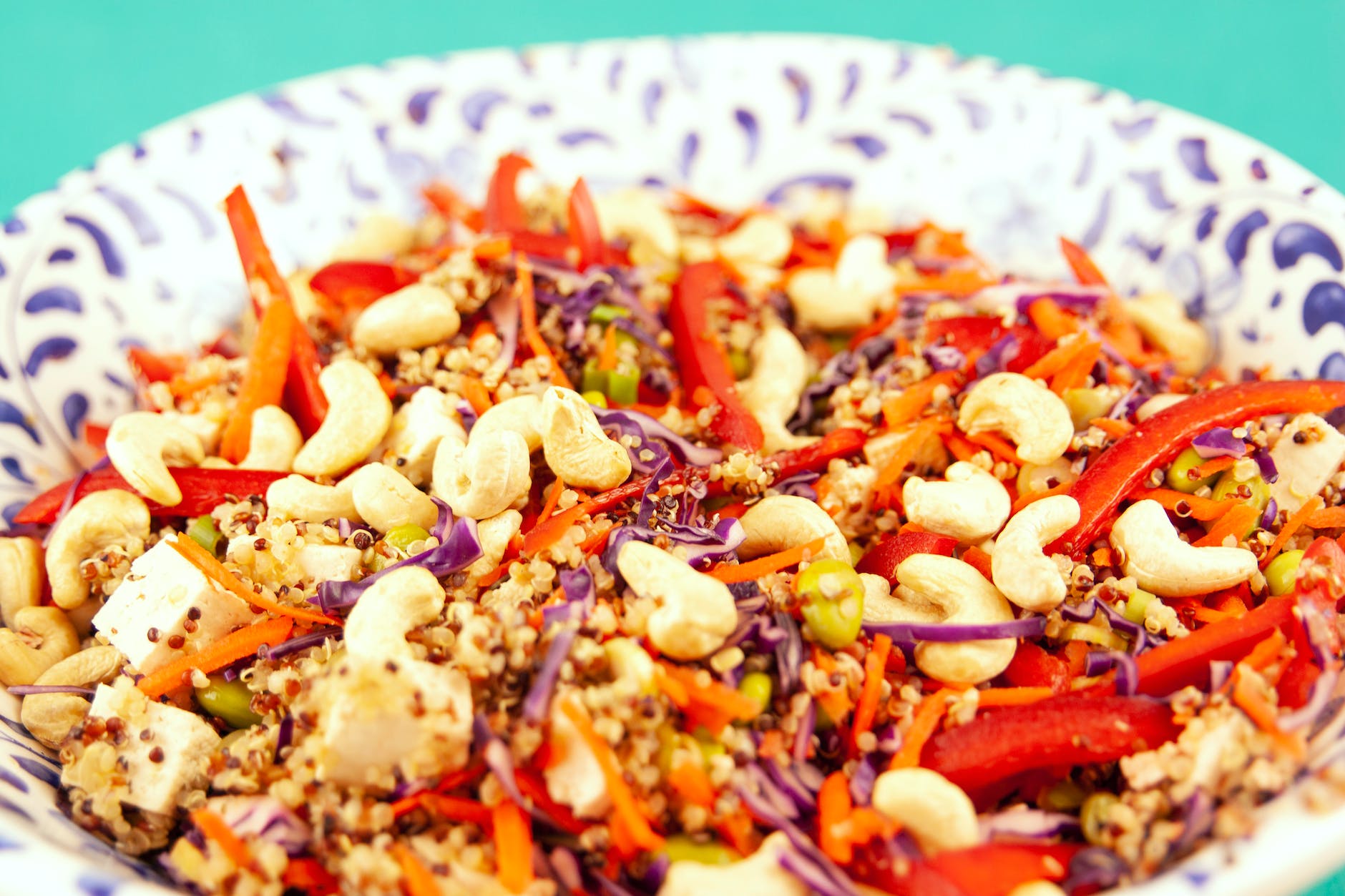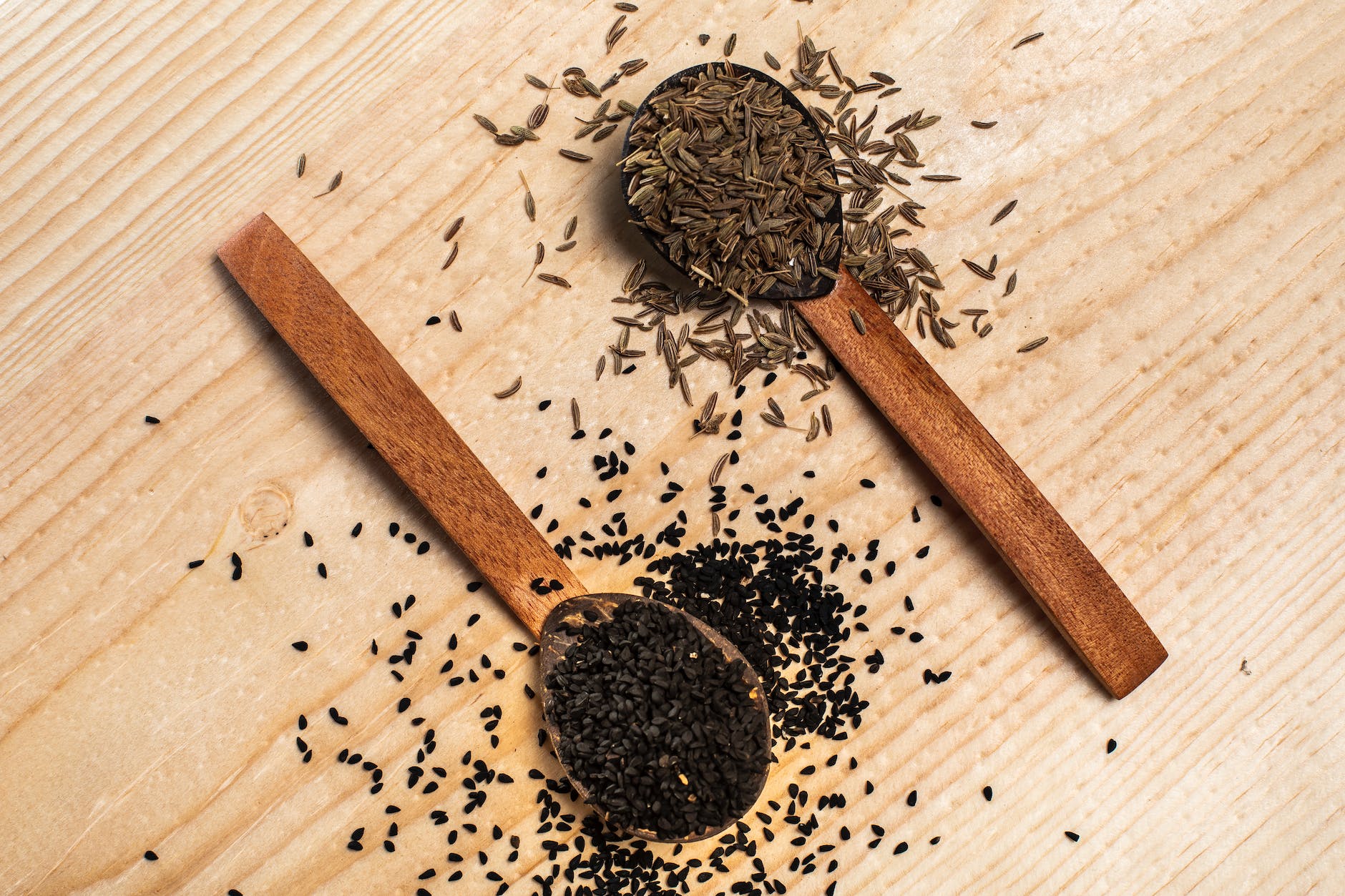
Introduction 😊
Salads are a fantastic way to incorporate fresh and nutritious ingredients into your diet. And what better way to add an extra crunch, flavor, and nutritional boost to your salads than with nuts? 🥗🌰
In this article, we’ll explore a variety of nuts that can take your salad game to the next level. From classic favorites to more unique options, we’ve got you covered. So, let’s dive into the nutty world of salad enhancements!
1. Almonds 🌰
Almonds, with their delicate crunch and mild flavor, are a salad lover’s dream come true. Packed with vitamin E, healthy fats, and fiber, these nuts add a satisfying element to any salad combination. Whether slivered, chopped, or roasted, almonds offer a delightful texture and nutty goodness to your greens.
2. Walnuts 🌰
Walnuts bring a rich, earthy flavor to the table. They are an excellent source of omega-3 fatty acids, which promote heart health and provide anti-inflammatory benefits. Add some walnut halves or pieces to your salad, and enjoy the nutty, slightly bitter taste that pairs well with fruits, cheese, and leafy greens.
3. Pecans 🌰
With their buttery and slightly sweet taste, pecans offer a delightful contrast to fresh greens. These nuts are packed with antioxidants, healthy fats, and essential minerals. Toasted pecans provide an enhanced flavor and crunch, making them a perfect addition to salads with roasted vegetables or grilled meats.
4. Pistachios 🌰
Pistachios, known for their vibrant green color, are not only visually appealing but also incredibly nutritious. These small nuts are a good source of protein, fiber, and various vitamins and minerals. Sprinkle some crushed or whole pistachios on your salads to enjoy their distinctive taste and satisfying crunch.
5. Cashews 🌰
Cashews bring a creamy and slightly sweet flavor to the salad bowl. While they are not technically nuts but rather seeds, their versatility and health benefits make them a great addition. Cashews are rich in healthy fats, vitamins, and minerals, providing a creamy texture and a hint of sweetness to your salads.
6. Hazelnuts 🌰
Hazelnuts, also known as filberts, offer a distinct and nutty flavor to salads. These nuts are a good source of vitamin E, magnesium, and dietary fiber. Roasted and crushed hazelnuts add a crunchy texture and a robust taste that pairs well with roasted vegetables or fruit-based salads.
7. Macadamia Nuts 🌰
Macadamia nuts are renowned for their rich, buttery flavor and creamy texture. Although they are high in calories, these nuts provide healthy monounsaturated fats and essential nutrients. Use macadamia nuts sparingly as a luxurious and indulgent addition to your salads.
8. Pine Nuts 🌰
Pine nuts are tiny yet mighty when it comes to flavor and nutritional benefits. They have a mild, nutty taste and a delicate texture that complements a wide range of salads. Pine nuts are a great source of healthy fats, vitamin E, and antioxidants. Sprinkle them generously on top of your salads for a touch of elegance.
9. Brazil Nuts 🌰
Brazil nuts are known for their creamy texture and earthy taste. These large nuts are packed with selenium, an essential mineral that supports immune function and promotes healthy skin. Chop or slice Brazil nuts to add a rich and unique flavor to your salad creations.
10. Peanuts 🌰
Although peanuts are technically legumes, they are often referred to as nuts due to their similar characteristics. Peanuts offer a satisfying crunch and a slightly sweet and savory taste. They are an excellent source of protein, healthy fats, and various vitamins and minerals. Include peanuts in your salads for an added protein boost and a delightful flavor.
Conclusion 😊
By incorporating a variety of nuts into your salads, you can transform them into delicious and nutritious meals. From almonds and walnuts to cashews and pistachios, the possibilities are endless. Experiment with different combinations, textures, and flavors to create salads that tantalize your taste buds and provide essential nutrients.
So, the next time you prepare a salad, don’t forget to sprinkle some nutty delights on top! Your taste buds and body will thank you for the extra dose of flavor and nutrition.
🌰🥗 Happy salad-making with nuts! 🥗🌰













